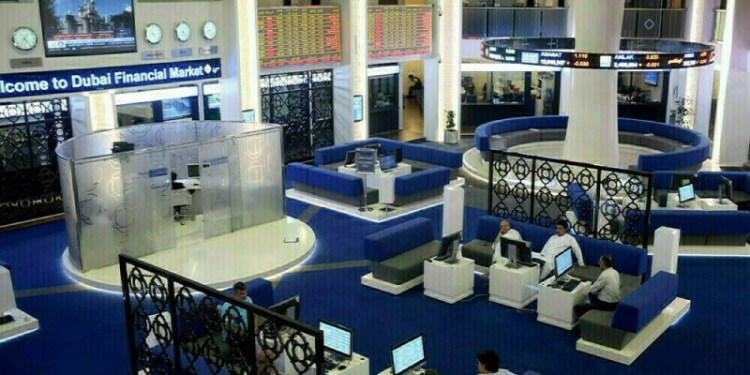 © Reuters. FILE PHOTO: An employee pumps petrol into a car at a petrol station in Hanoi
© Reuters. FILE PHOTO: An employee pumps petrol into a car at a petrol station in HanoiBy Henning Gloystein
SINGAPORE (Reuters) – Oil prices rose by around 1 percent on Thursday to extend gains from the previous session, lifted by a weak dollar and Saudi comments that it would rather see an undersupplied market than end a deal with OPEC and Russia to withhold production.
U.S. West Texas Intermediate (WTI) crude futures were up 83 cents, or 1.4 percent, from their last settlement at $61.43 a barrel at 0744 GMT, adding to a 2.4-percent gain from the day before.
futures were at $64.99 per barrel, up 63 cents, or 1 percent, extending Wednesday’s 2.6-percent climb.
Prices rose on the back of ongoing weakness in the U.S. dollar, which on Thursday hit a 15-month low against Japan’s yen.
A weaker greenback potentially stokes consumption of dollar-denominated commodities as it makes fuel and raw materials cheaper for countries using other currencies.
“On commodity markets, everyone loves a lower U.S. dollar,” said Greg McKenna, chief market strategist at futures brokerage AxiTrader.
More fundamentally, oil markets got a push from comments by Saudi Arabia, the de-facto leader of the Organization of the Petroleum Exporting Countries (OPEC), voicing support for output cuts backed by OPEC and other producers including Russia since 2017 in an effort to tighten the market and prop up prices.
“If we have to err on over-balancing the market a little bit, so be it,” Saudi Energy Minister Khalid al-Falih said on Wednesday. “I think we are going to be sticking with our policy (to withhold production) throughout 2018.”
Stephen Innes, head of trading for Asia-Pacific at futures brokerage OANDA in Singapore, said “the Saudi signal is reasonably convincing, suggesting OPEC and their partners are committed to maintaining an absolute floor on oil prices”.
The OPEC-led effort to tighten markets is showing results. In Asia, the world’s biggest and fastest growing oil consumer region, storage tanks around Singapore’s trading hub have depleted significantly over the past half-year.
However, threatening to undermine the OPEC-led effort to tighten markets is soaring production in the United States, which is not participating in the pact to cut.
oil production rose to a record 10.27 million barrels per day (bpd), more than top exporter Saudi Arabia pumps and within reach of No.1 producer Russia.
Consequently, U.S. crude inventories climbed by 1.8 million barrels in the week to Feb. 9, to 422.1 million barrels, the Energy Information Administration said on Wednesday.
“Although we remain positive on crude oil prices until year-end, an interim correction into 1Q18 cannot be ruled out,” said Barnabas Gan, economist at OCBC Bank in Singapore.
Fusion Media or anyone involved with Fusion Media will not accept any liability for loss or damage as a result of reliance on the information including data, quotes, charts and buy/sell signals contained within this website. Please be fully informed regarding the risks and costs associated with trading the financial markets, it is one of the riskiest investment forms possible.
Source: Investing.com



























